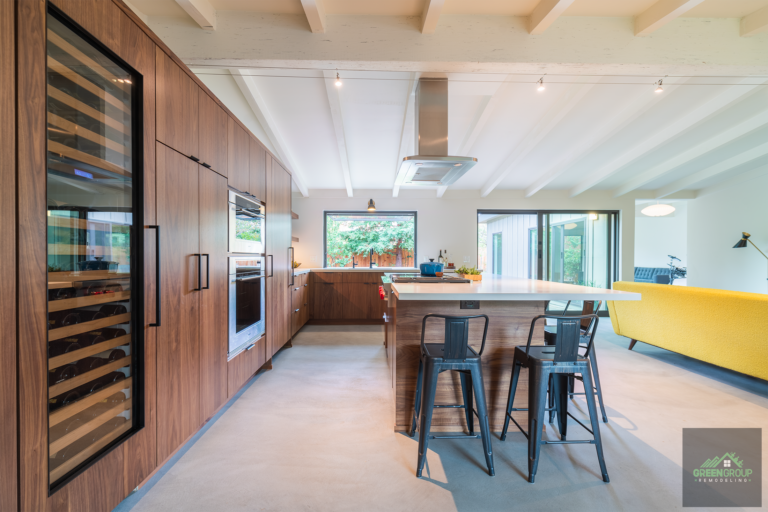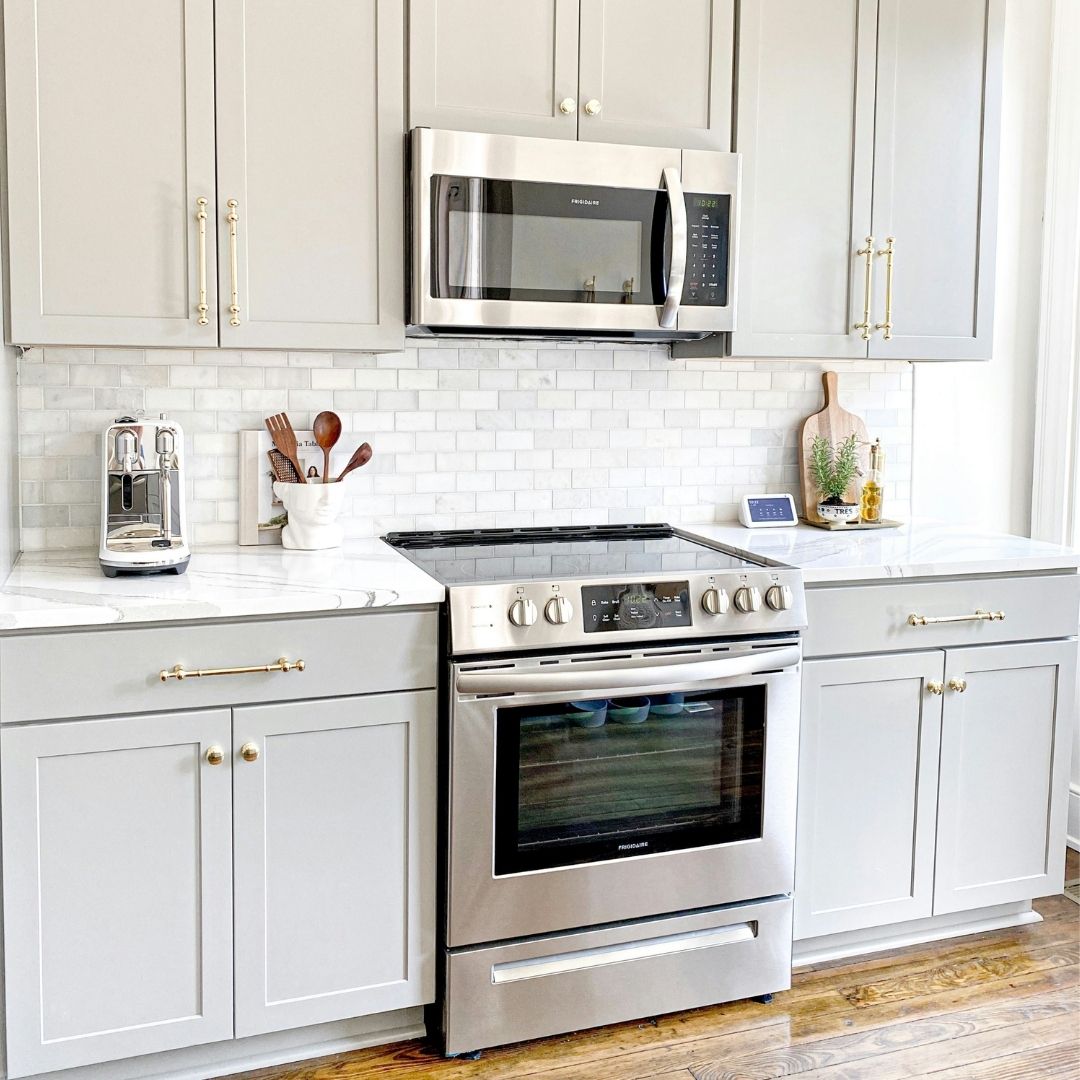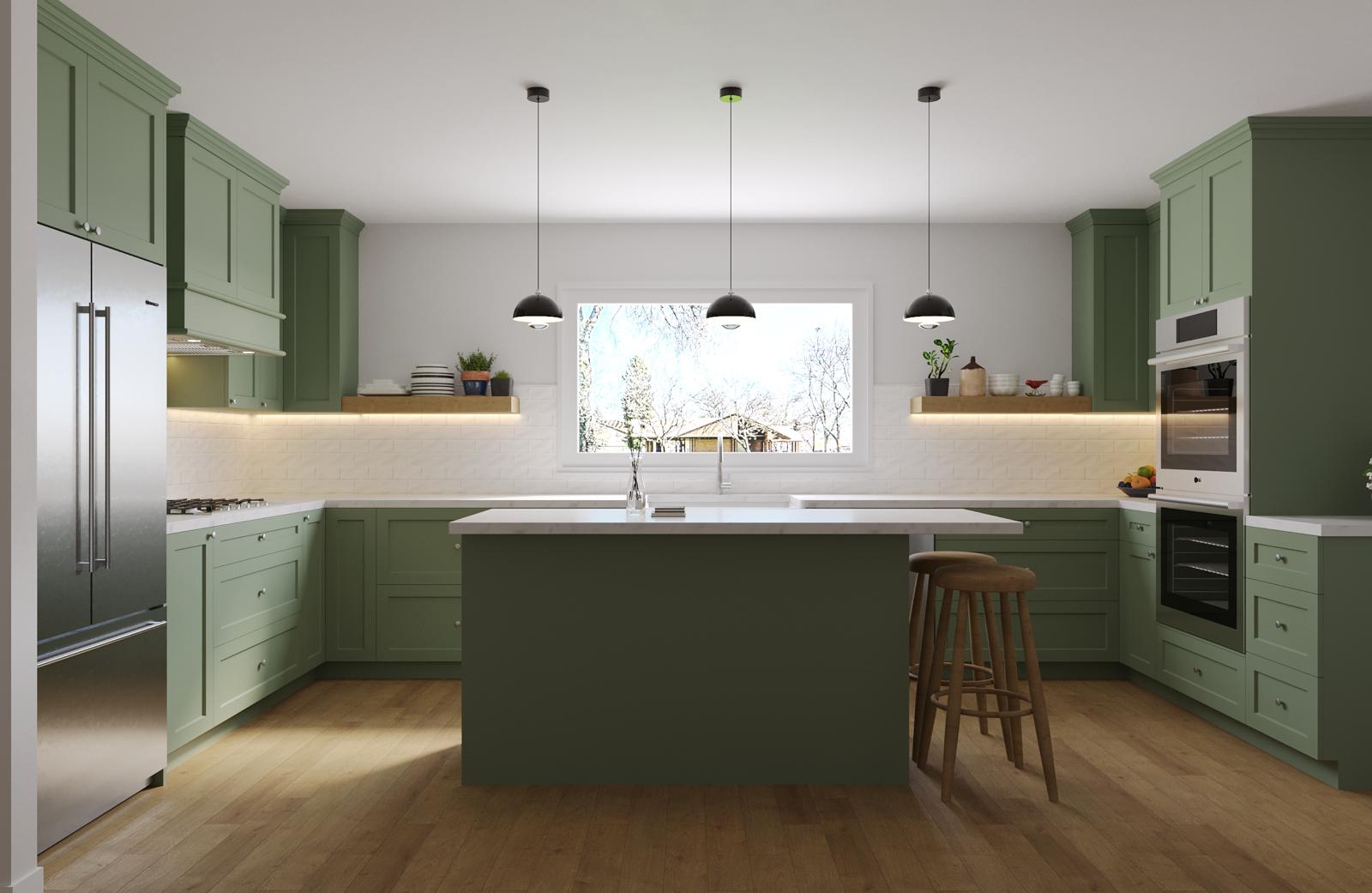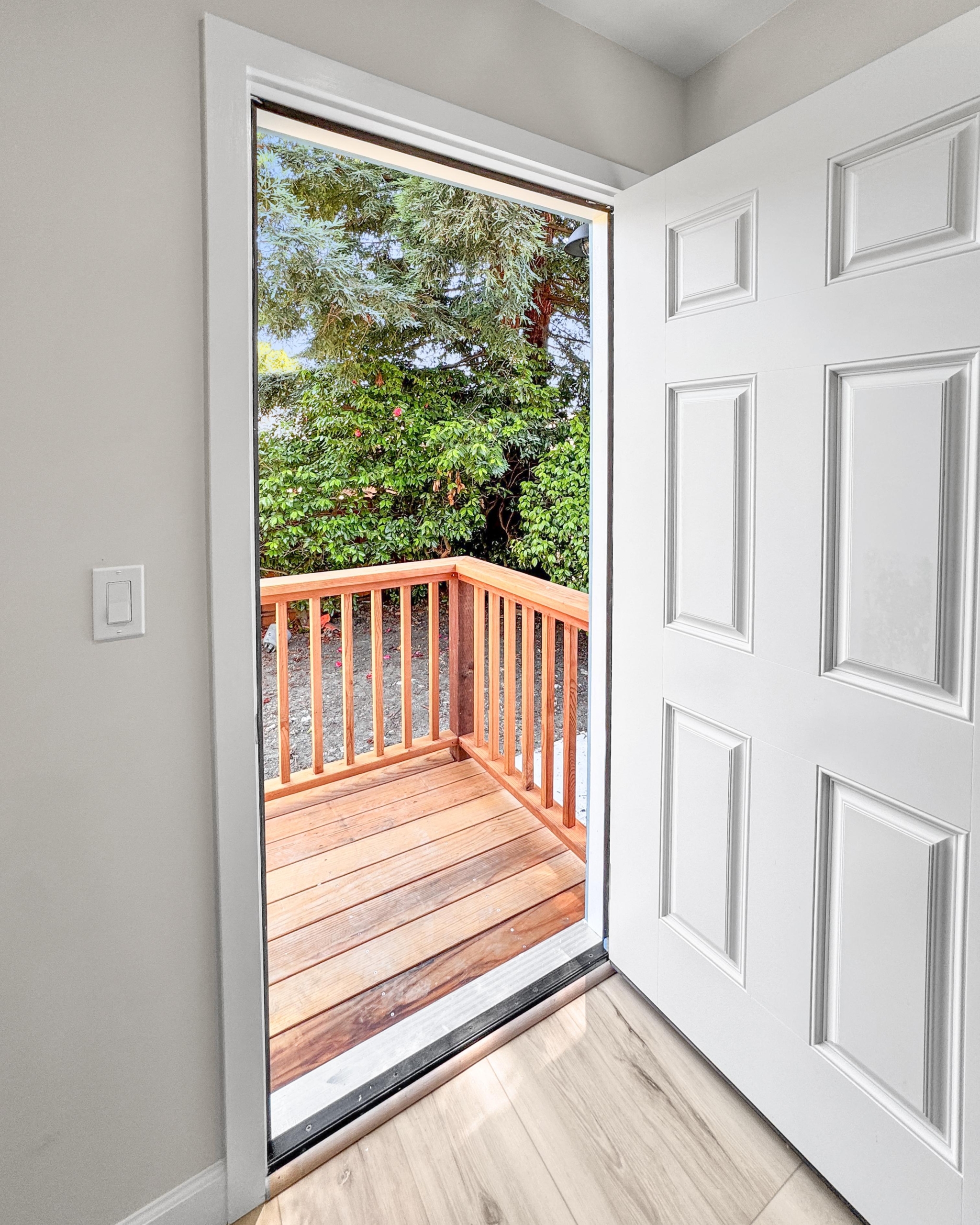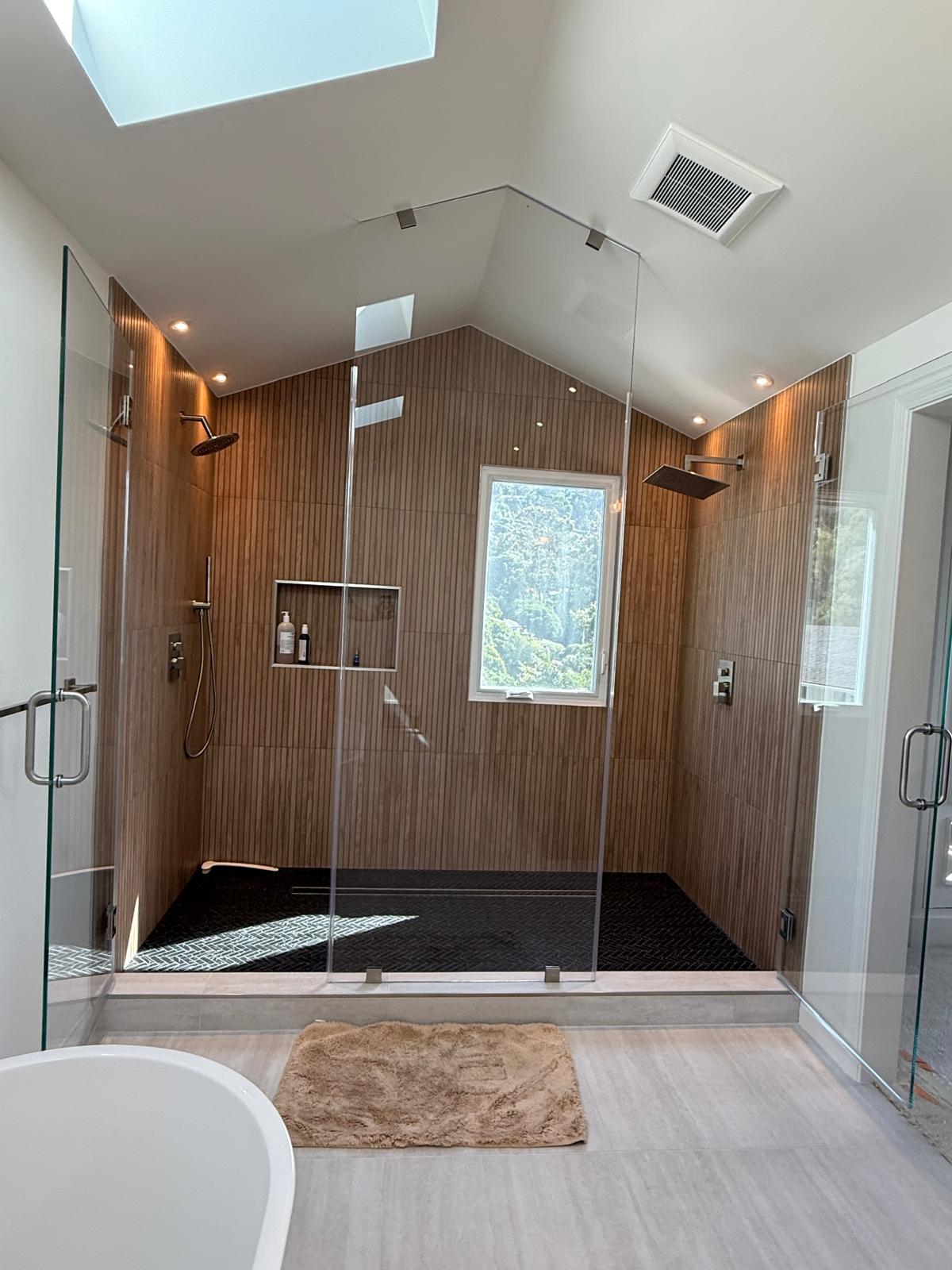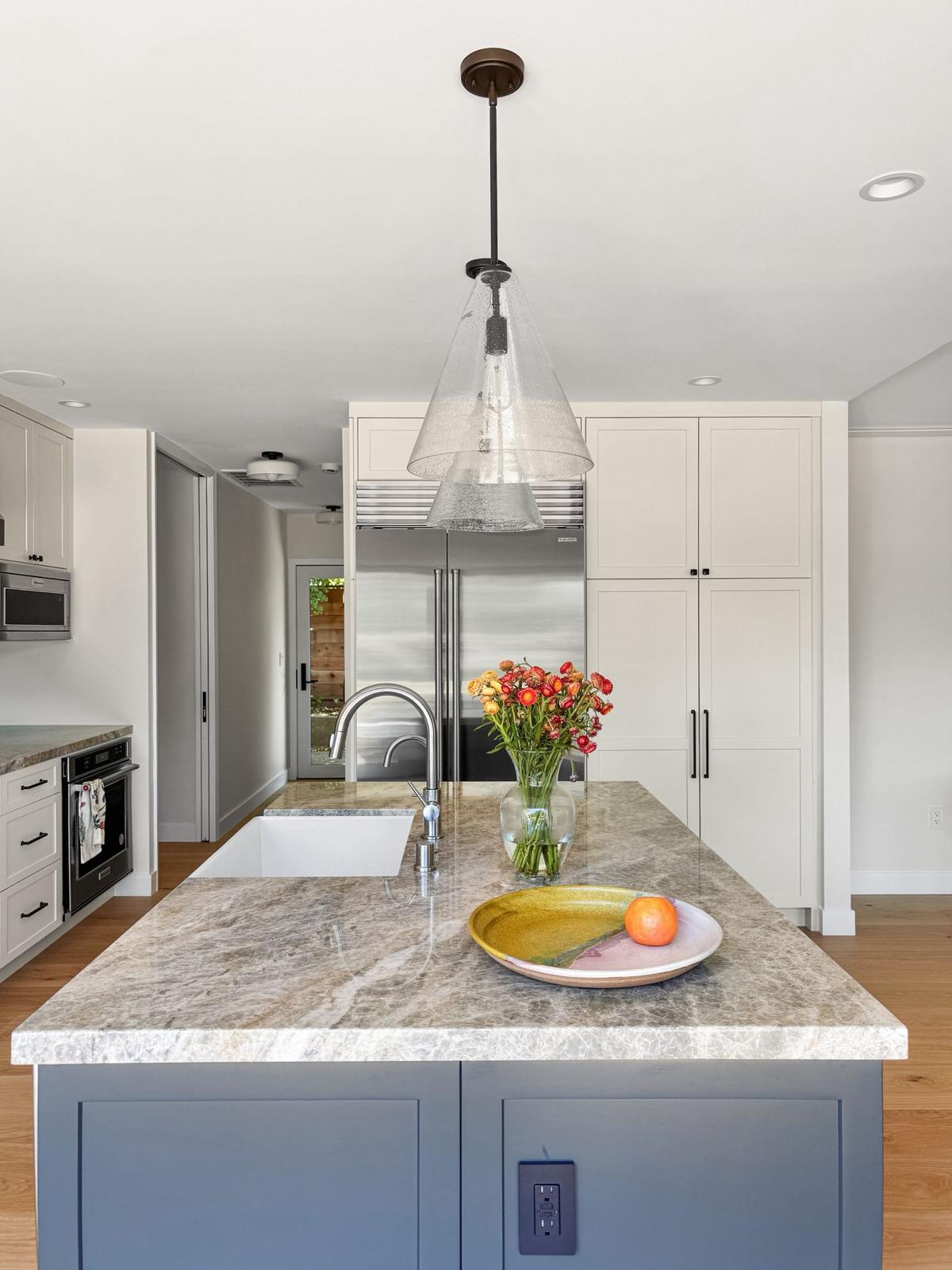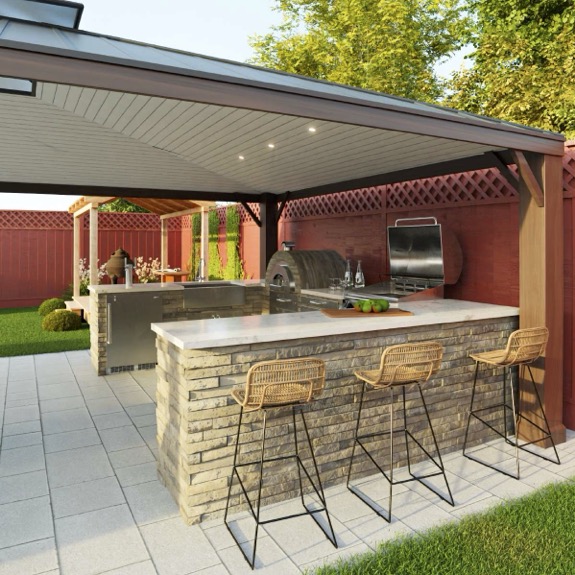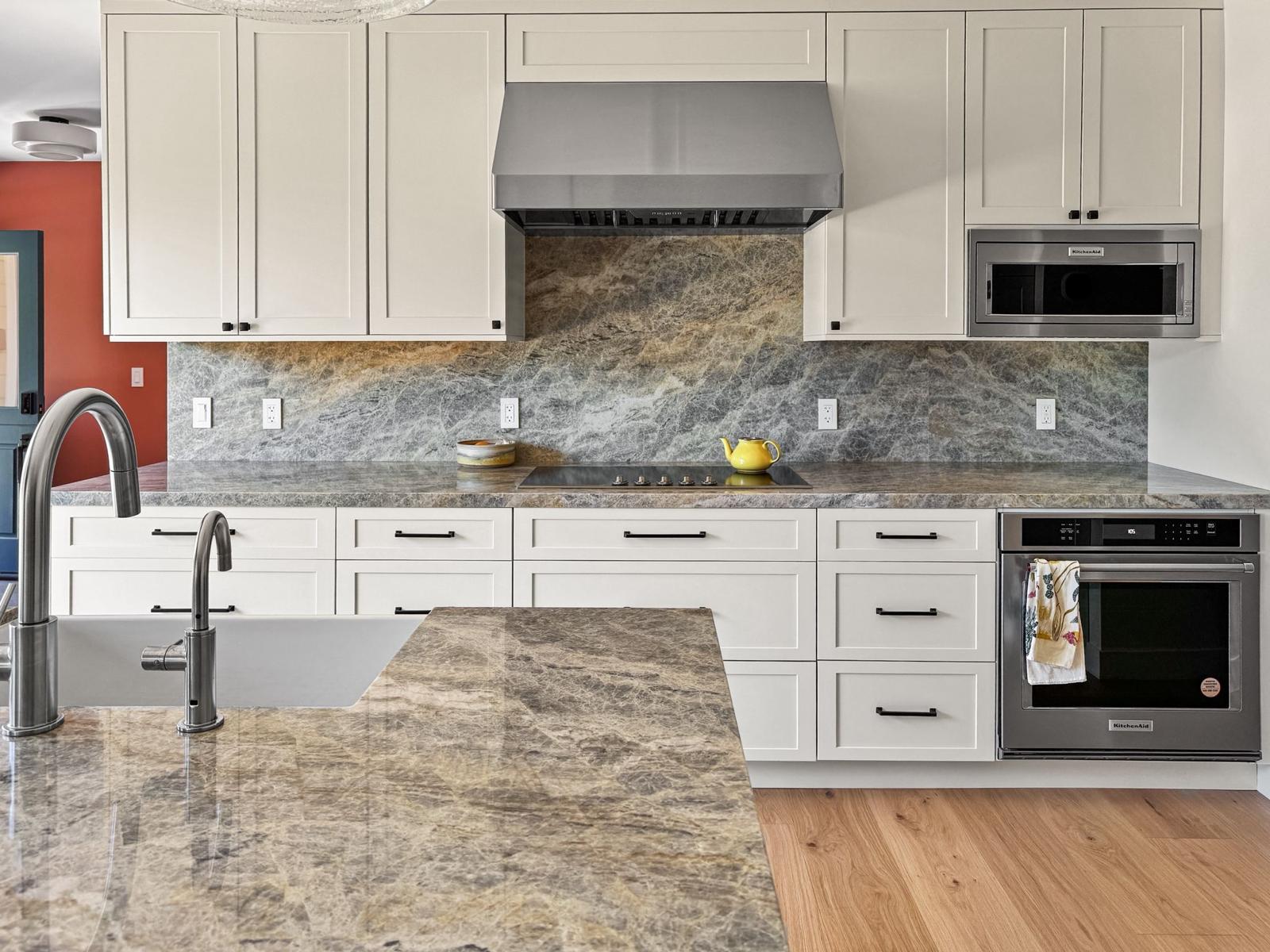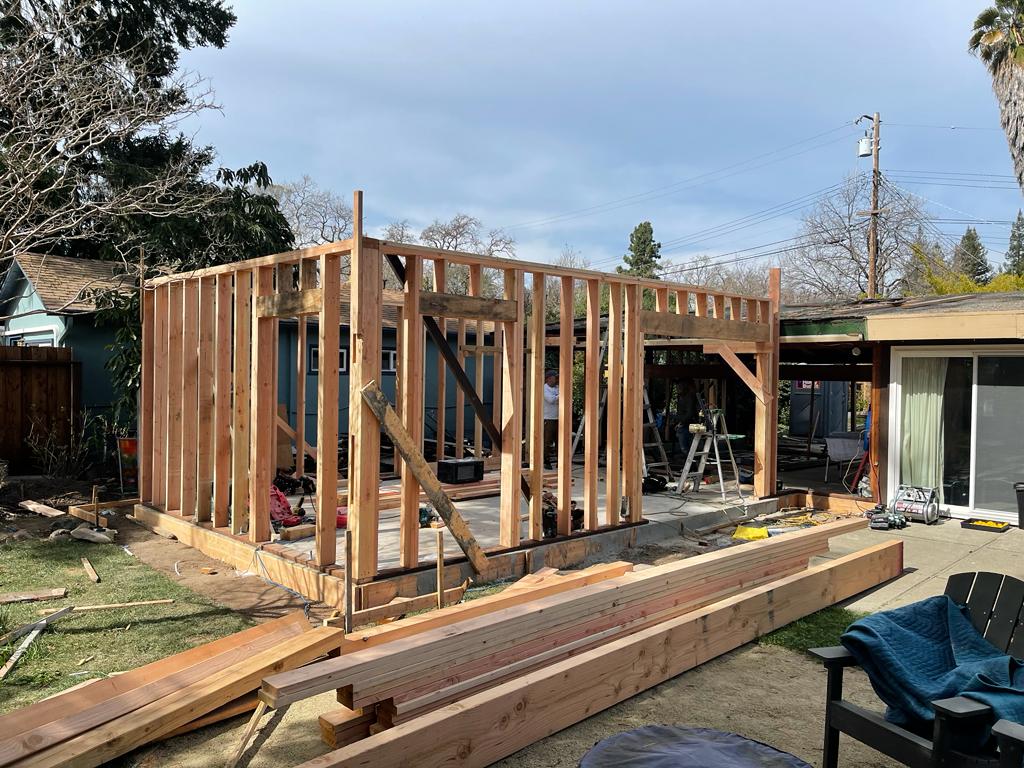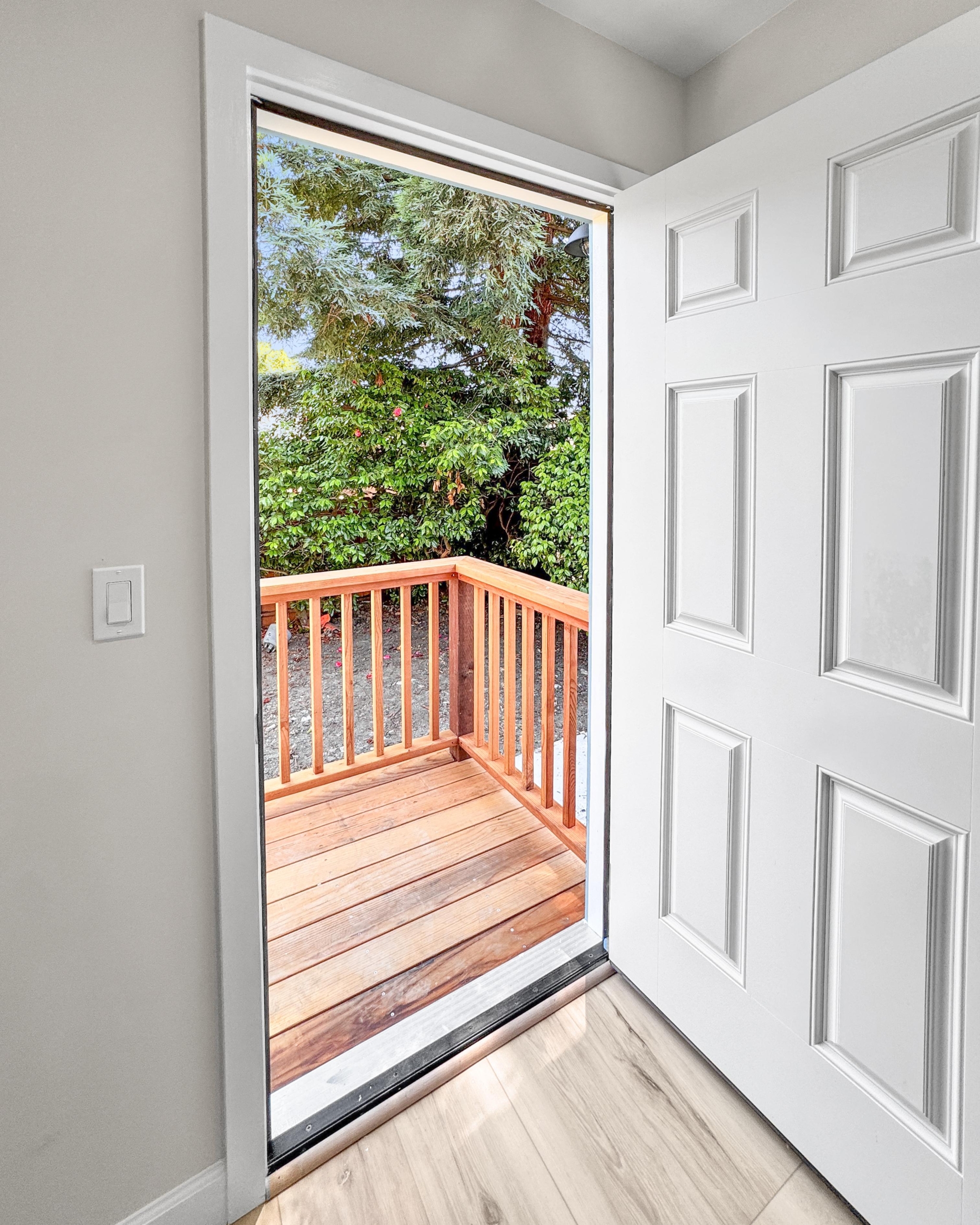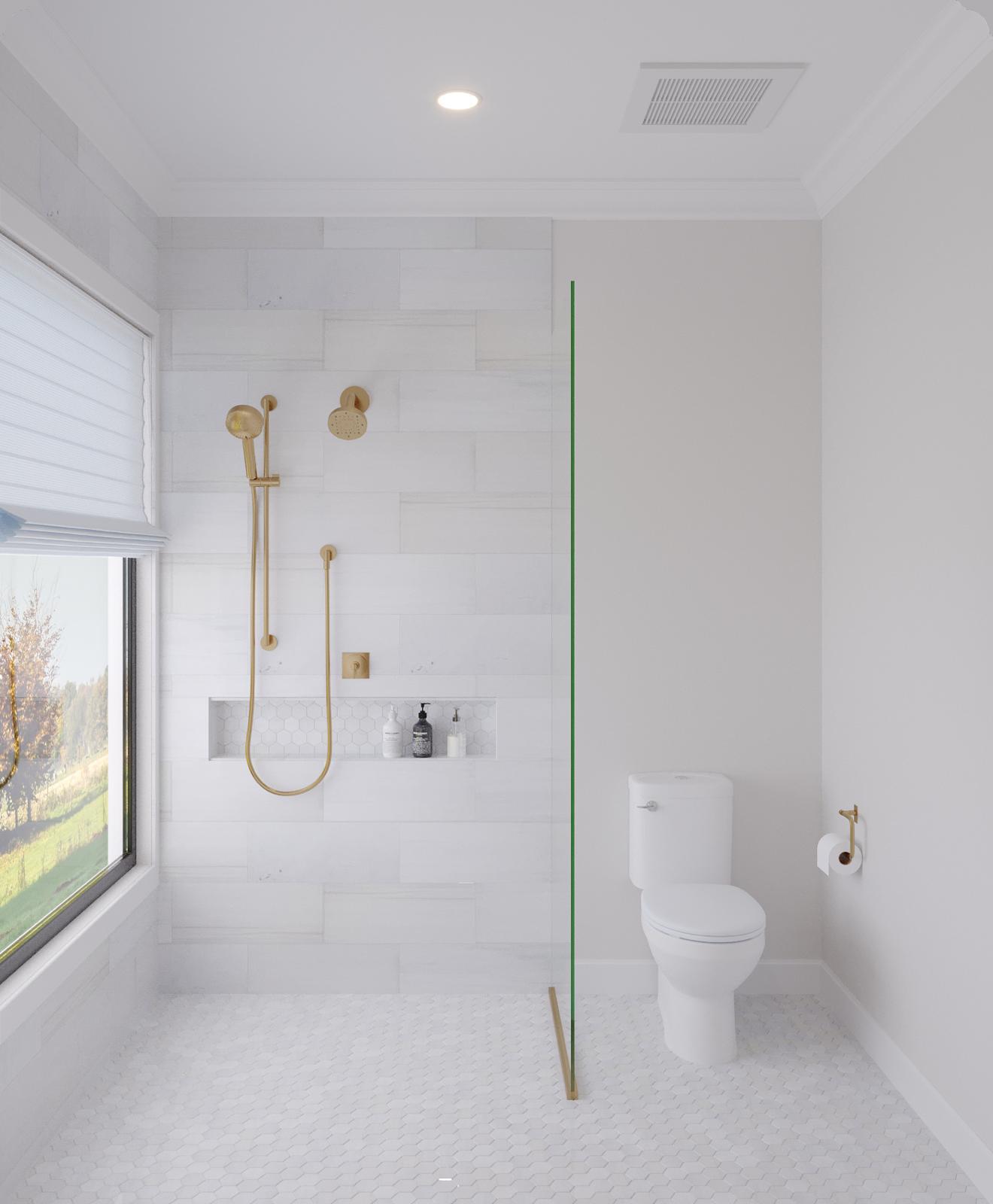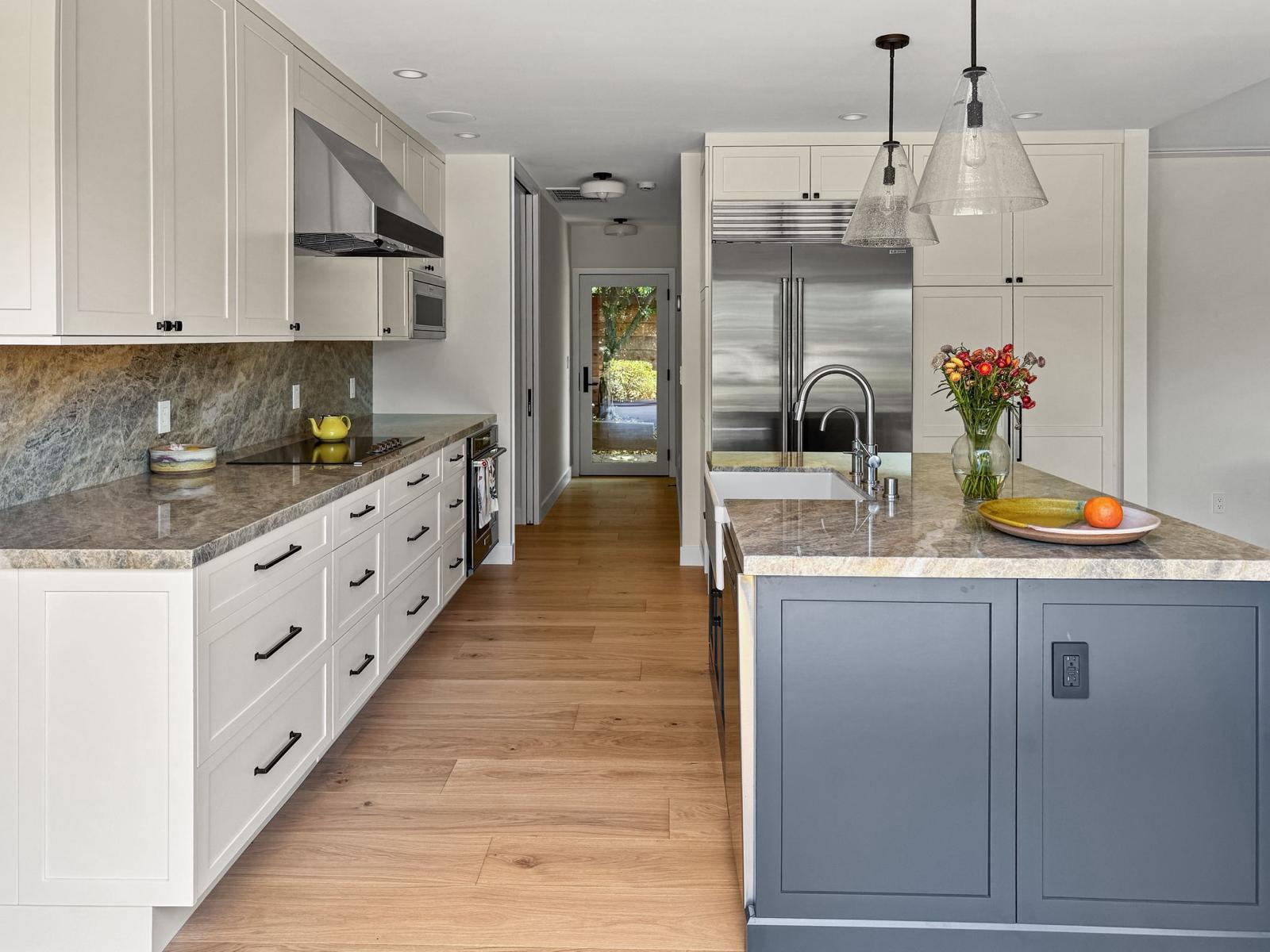Wooden kitchen cabinets bring an incredible amount of warmth, elegance, and timeless beauty to any kitchen. Whether you’ve recently installed new cabinets or have had them for years, maintaining their luster and longevity requires proper care. Understanding how to clean wood kitchen cabinets quickly and easily is essential for preserving their beauty and ensuring they remain a focal point of your home. In this article, we’ll walk you through the best practices for cleaning various types of wood and finishes, including painted wood, so your cabinets stay looking their best.
Understanding Your Wood Cabinets
Before diving into the cleaning process, it’s important to know what type of wood and finish your cabinets have. Different types of wood and finishes require specific care to avoid damage. Here’s a brief overview:
- Natural Wood: Cabinets made from natural wood, like oak, cherry, or walnut, often have a clear or stained finish that highlights the wood’s grain. These finishes protect the wood but can be sensitive to harsh cleaners.
- Painted Wood: Painted cabinets can be made from various types of wood but are covered with a layer of paint. The paint provides protection, but it can chip or wear away if not properly cared for.
- Veneer or Laminate: Some cabinets are made with a thin layer of wood veneer or laminate over a less expensive wood or composite material. While these cabinets are durable, they require careful cleaning to avoid damaging the surface.
- High-Gloss Finishes: High-gloss finishes are popular for their modern look but show fingerprints and smudges easily. They require gentle cleaning to maintain their sheen.
Understanding the material and finish of your cabinets will help you choose the right cleaning method and avoid any potential damage.
Step-by-Step Guide on How to Clean Wood Kitchen Cabinets
Now that you know what type of cabinets you have, let’s go through the steps on how to clean wood kitchen cabinets quickly and easily.
1. Gather Your Cleaning Supplies
For most wood cabinets, you’ll need the following supplies:
- Microfiber Cloths: Soft, non-abrasive cloths are essential for dusting and wiping down your cabinets without scratching the surface.
- Mild Dish Soap: A gentle dish soap mixed with warm water is usually enough to remove grease and grime without damaging the wood.
- White Vinegar: A natural cleaner, vinegar is excellent for cutting through grease and disinfecting. Mix it with water to avoid harming the finish.
- Baking Soda: For tougher stains, a paste of baking soda and water can help lift grime without being too abrasive.
- Wood Polish or Oil: After cleaning, a wood polish or oil can restore shine and protect the wood.
2. Dust Your Cabinets Regularly
Dusting is the first step in maintaining your cabinets. Dust can settle on the surfaces, especially on cabinet tops and door crevices. Use a microfiber cloth to gently dust the cabinets, following the direction of the wood grain. Regular dusting prevents dirt buildup and reduces the need for deep cleaning.
3. Mix a Gentle Cleaning Solution
To clean wood kitchen cabinets quickly and easily, mix a few drops of mild dish soap with warm water. Avoid using too much soap, as this can leave a residue. If your cabinets are greasy or particularly dirty, you can add a splash of white vinegar to the solution. This mixture is safe for most wood finishes, including painted wood.
4. Wipe Down the Cabinets
Dip a microfiber cloth into your cleaning solution and wring it out well. The cloth should be damp, not wet, to avoid soaking the wood. Gently wipe down the cabinets, focusing on areas around handles and knobs where grime tends to accumulate. For stubborn spots, such as dried food or grease, let the damp cloth sit on the area for a few seconds before wiping away.
5. Tackle Tough Stains with Baking Soda
For tougher stains, such as grease or sticky residue, a paste made from baking soda and water can be very effective. Apply the paste to the stain using a soft cloth or sponge, and gently rub in a circular motion. Be sure to test this method on an inconspicuous area first, especially if your cabinets have a delicate finish.
6. Rinse and Dry Thoroughly
After cleaning, it’s important to rinse off any soap residue. Dampen a clean cloth with water and wipe down the cabinets again. Then, use a dry microfiber cloth to thoroughly dry the wood. This step is crucial because water left on wood surfaces can cause warping or damage over time.
7. Polish and Protect
To keep your cabinets looking their best, finish by applying a wood polish or oil. This step restores the wood’s natural sheen and adds a protective layer that can help repel dust and dirt. Be sure to choose a product that’s appropriate for your cabinet’s finish, and follow the manufacturer’s instructions for the best results.
Special Considerations for Different Finishes
Different types of wood and finishes may require slightly different care. Here’s how to clean wood kitchen cabinets depending on their finish:
1. Natural Wood
Natural wood cabinets are often treated with a clear or stained finish. These finishes protect the wood but can wear over time. When cleaning, always wipe in the direction of the wood grain to avoid scratching the surface. Avoid using harsh chemicals, as they can strip the finish.
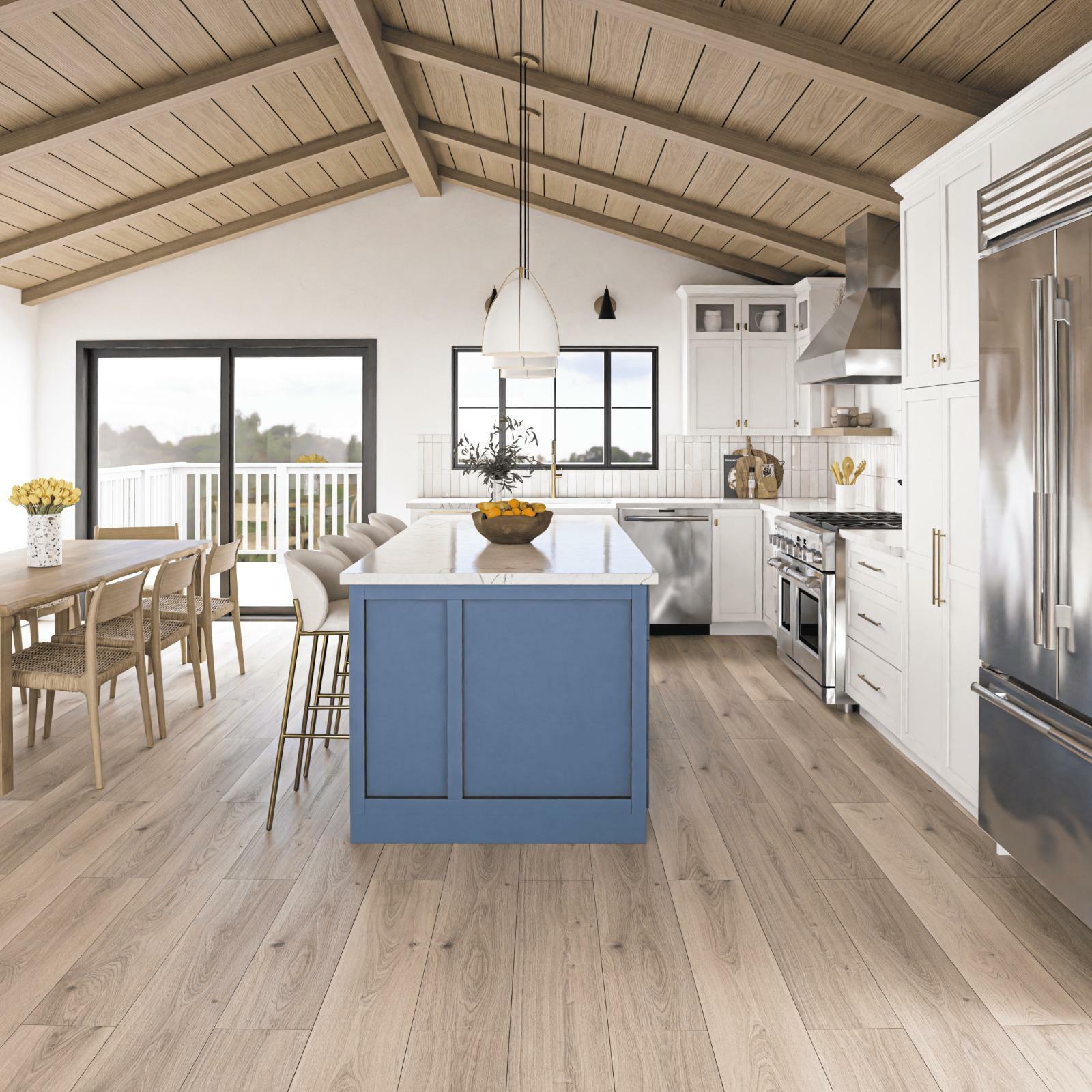
2. Painted Wood
Painted wood cabinets require a gentle touch to prevent chipping or peeling. Stick to mild soap and water, and avoid abrasive cleaners. If the paint is glossy, you may want to polish it with a product specifically designed for painted surfaces to maintain the shine.
3. Veneer or Laminate
Veneer or laminate cabinets are durable but can be damaged by too much moisture or abrasive cleaners. Use a damp cloth for cleaning and immediately dry the surface to prevent water damage. For stains, a mixture of water and vinegar can be effective, but test it on a small area first.
4. High-Gloss Finishes
High-gloss finishes are prone to showing fingerprints and smudges. A soft, damp cloth is usually sufficient for cleaning, followed by a dry cloth to buff the surface. Avoid using any products that could dull the shine, and consider using a specific high-gloss polish to keep them looking pristine.
Maintenance Tips for Long-Lasting Cabinets
To keep your wood cabinets looking new, follow these additional maintenance tips:
- Avoid Excessive Moisture: Water is the enemy of wood. Wipe up any spills immediately and avoid hanging wet towels over cabinet doors.
- Use Cabinet Liners: Place liners inside cabinets to protect the wood from spills, especially in areas where you store liquids or food.
- Handle with Care: Be gentle when opening and closing cabinet doors to prevent chipping or wear around the edges.
- Regular Polishing: Depending on the finish, polish your cabinets every few months to keep them looking fresh and protected.
Conclusion
Cleaning your wood kitchen cabinets doesn’t have to be a daunting task. By following these steps on how to clean wood kitchen cabinets quickly and easily, you can keep your cabinets looking beautiful for years to come. Whether your cabinets are natural wood, painted, or high-gloss, the key is to use gentle, non-abrasive cleaners and to maintain them regularly.
If you love the look of beautifully maintained wood cabinets but don’t have them in your home yet, why not consider an upgrade? At Green Group Remodeling, we specialize in designing and installing custom wood cabinets that will enhance the beauty of your kitchen. Contact us today to discuss how we can help you achieve the kitchen of your dreams.

